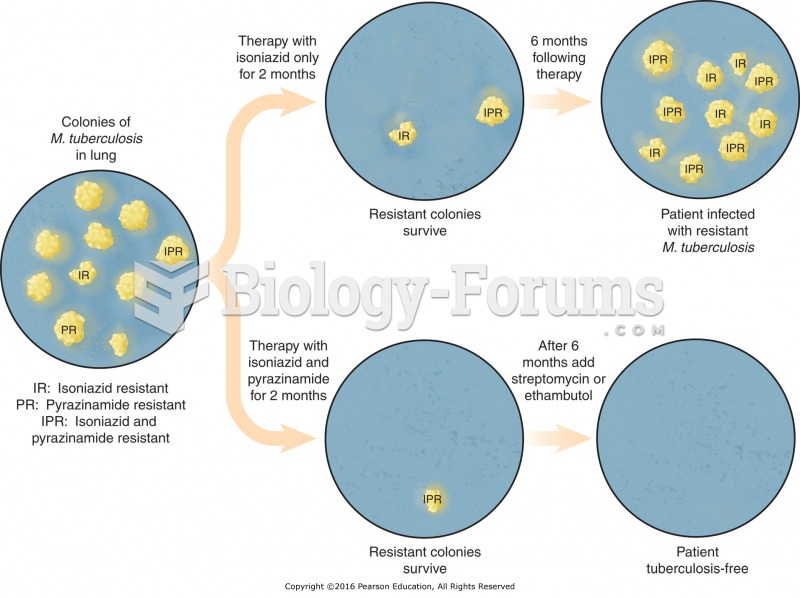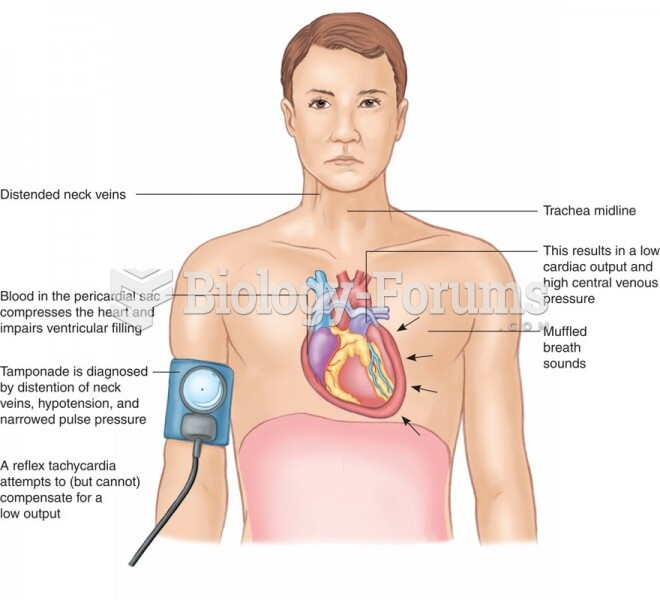Answer to Question 1
Correct Answer: 1
Rationale 1: A major side effect of heparin is bleeding. Lumbar pain and unilateral abdominal wall bulges or swelling could indicate retroperitoneal hemorrhage.
Rationale 2: Only providing comfort measures is not appropriate.
Rationale 3: Administering pain medication might be appropriate, but it is not the priority action.
Rationale 4: Documenting and reporting the pain to the next shift could allow any adverse effects to worsen.
Global Rationale: A major side effect of heparin is bleeding. Lumbar pain and unilateral abdominal wall bulges or swelling could indicate retroperitoneal hemorrhage. Only providing comfort measures is not appropriate. Administering pain medication might be appropriate, but it is not the priority action. Documenting and reporting the pain to the next shift could allow any adverse effects to worsen.
Answer to Question 2
Correct Answer: 4
Rationale 1: Whole-wheat bread with margarine is not high in vitamin K, and so is not contraindicated when a client receives warfarin (Coumadin).
Rationale 2: Roast beef is not high in vitamin K, and so is not contraindicated when a client receives warfarin (Coumadin).
Rationale 3: Salt substitute is not high in vitamin K, and so is not contraindicated when a client receives warfarin (Coumadin).
Rationale 4: Broccoli is high in vitamin K, and must be avoided when a client receives warfarin (Coumadin).
Global Rationale: Broccoli is high in vitamin K, and must be avoided when a client receives warfarin (Coumadin). Whole-wheat bread with margarine, roast beef, and salt substitute are not high in vitamin K, and so these foods are not contraindicated when a client receives warfarin (Coumadin).







